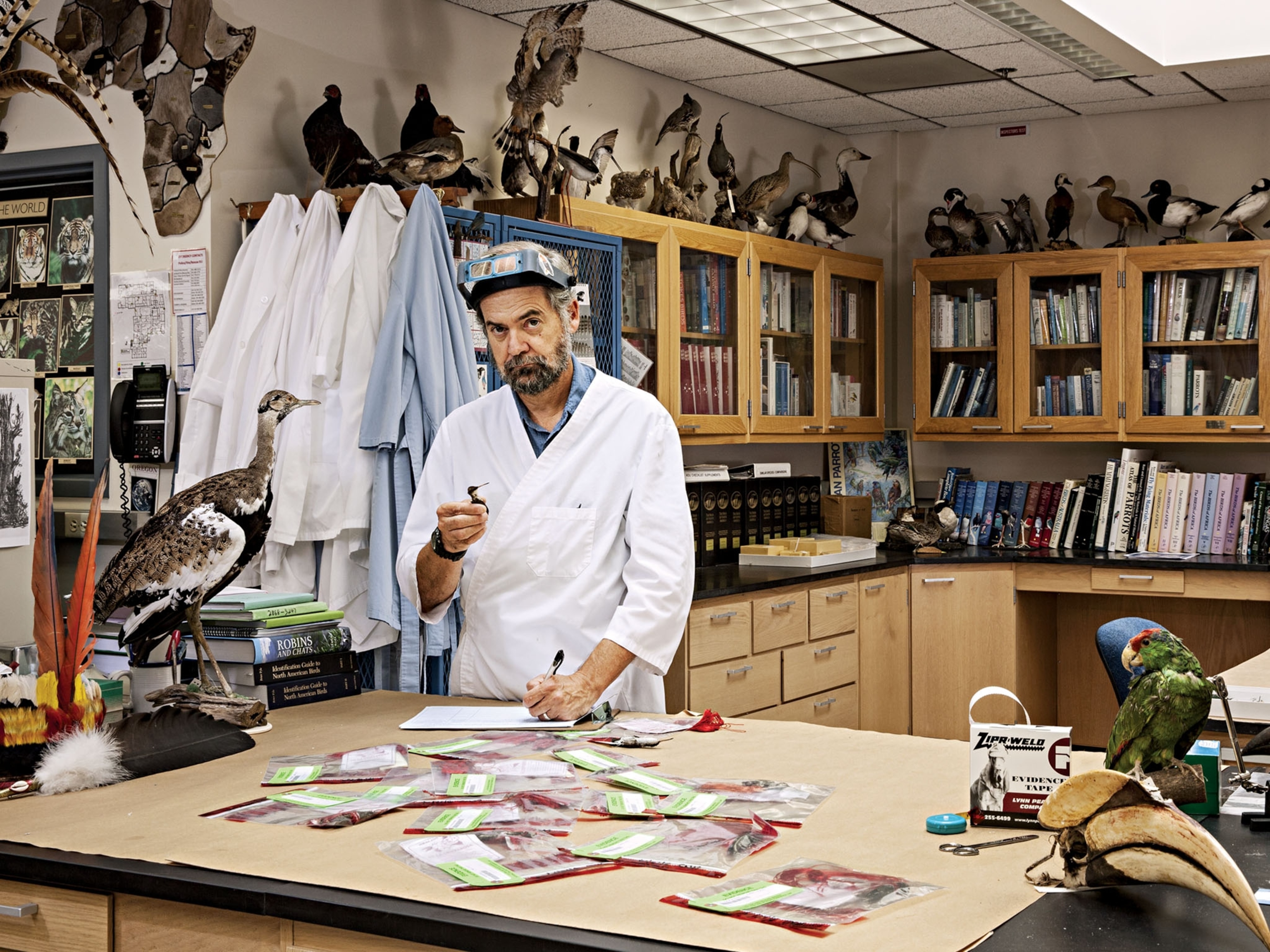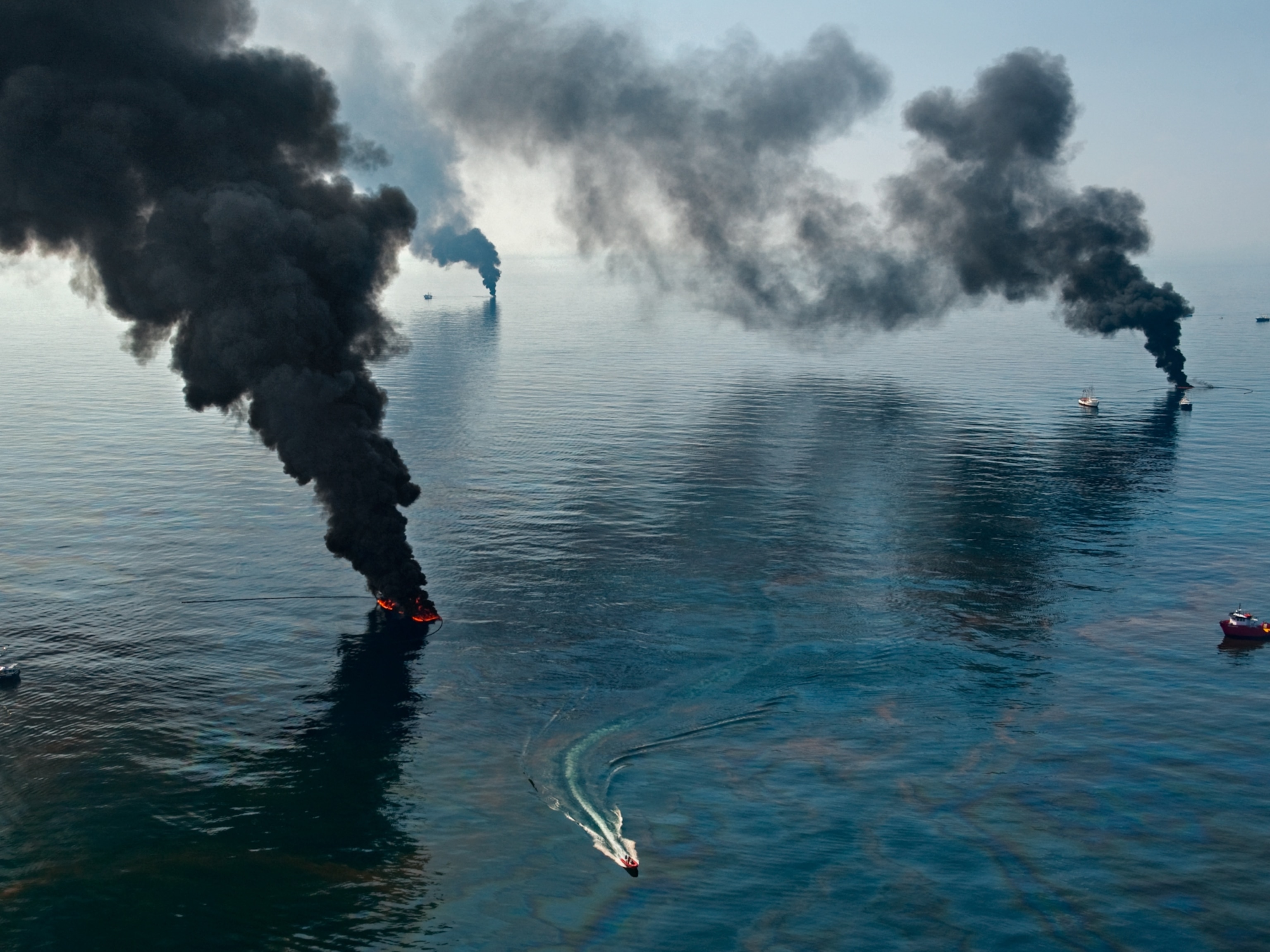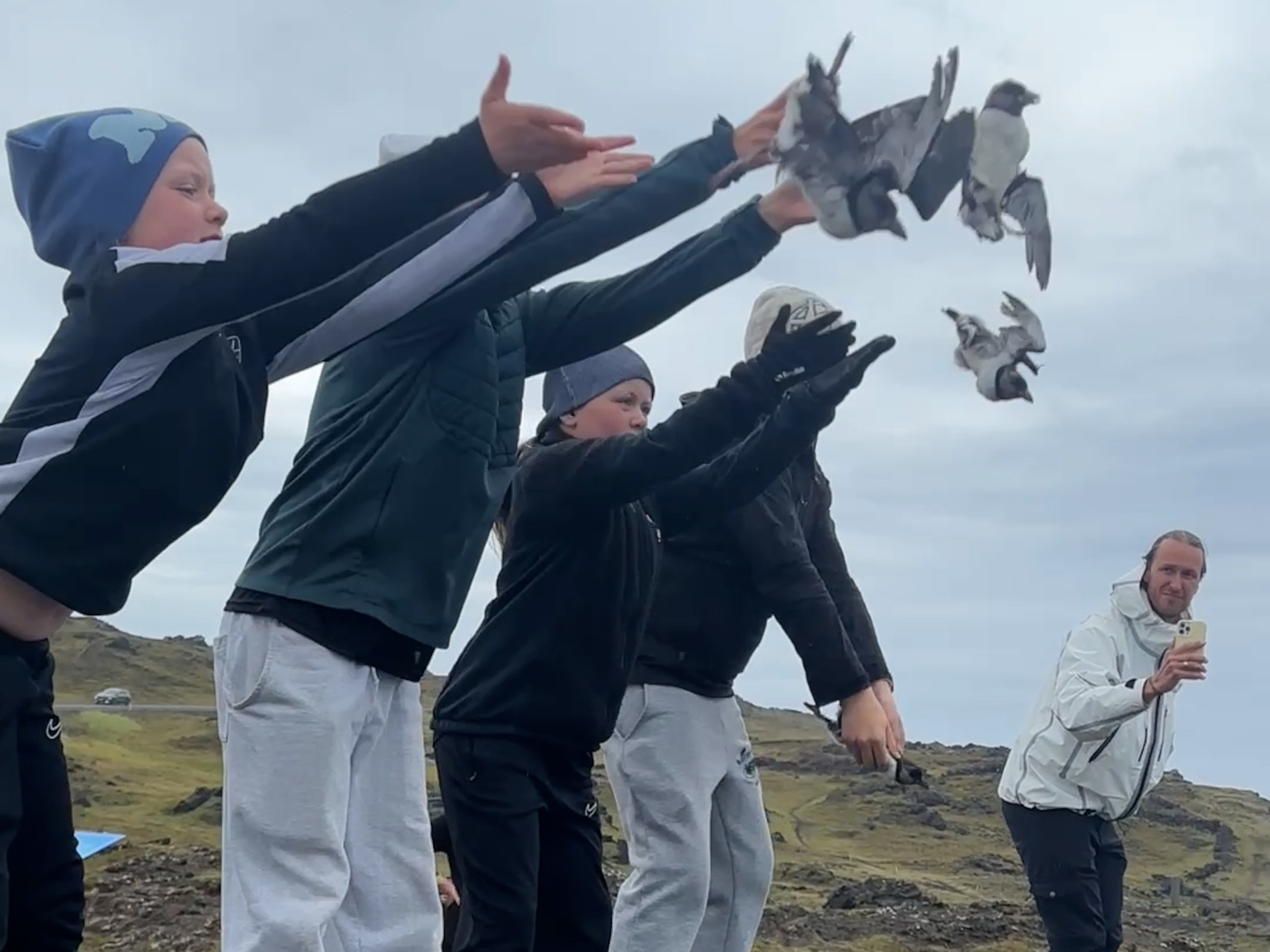
Bird Droppings Led to U.S. Possession of Newly Protected Pacific Islands
A 19th-century quest for natural fertilizer, bird guano, led to the world's largest marine reserve.
Blame it on "guano mania." A craze for natural fertilizer made from bird droppings spurred the U.S. to take possession of a group of remote Pacific islands in the 19th century, and now those islands are home to the world's largest marine reserve.
On Thursday, U.S. Secretary of State John Kerry announced an expansion of the Pacific Remote Islands Marine National Monument to cover nearly 490,000 square miles, six times larger than its previous size. (See "U.S. Creates Largest Protected Area in the World, 3X Larger Than California.")
The Guano Islands Act of 1856 made it possible. The United States long ago used the act to claim islands in the middle of the Pacific Ocean as territory, which means that today the U.S. government has the legal authority to protect waters up to 200 miles out from each island, an area known as the exclusive economic zone.

For the Pacific Remote Islands preserve, this includes Palmyra, an atoll of about 50 low-lying islands that were first claimed for the United States in 1859 under the Guano Islands federal statute, which remains on the books. In all, the law claimed five Pacific Remote Island Areas now in the reserve, including the triangular Kingman Reef and tiny Baker, Howland, and Jarvis Islands.
Ultimately, the islands of the newly expanded monument owe their present-day good fortune to the digestive tracts of the abundant seabirds that inhabited them a century and a half ago.
White Gold
Guano was fertilizer as good as it got at the time for fertilizing farmer's fields to feed a growing world population, before the development of synthetic ammonia fertilizers in the early part of the 20th century.
"American farmers first learned of the powerful fertilizing properties of guano in the mid-1840's," wrote legal historian Christina Duffy Posna of Columbia University Law School in New York in a 2005 essay on the American "guano islands."
Peruvians had known about it for centuries and enjoyed a monopoly over the Chincha Islands, where birds had deposited tons of what came to be known as "white gold." Hundreds of thousands of seabirds can nest on a single island, and migrating birds overwinter on them as well. The tightly packed birds cover the small islands, which receive little rain and intense sunlight, perfect conditions for drying out guano deposits.
Once realized, guano's potency as a fertilizer led to "a perfect mania" for the stuff, according to the historian Richard Wines. By 1850, guano cost as much as $76 per pound ($167 per kilogram). That was about a quarter of the price of actual gold, which at the time was going for about $19 per ounce, or $300 a pound ($660 per kilogram).
U.S. entrepreneurs looking for alternatives to Peruvian guano sparred with British firms that were setting up guano mining on a Caribbean island, and in one 1854 international incident even faced off with the Venezuelan navy over a guano island.
In 1856, then-Senator William Henry Seward (who would later buy Alaska as Secretary of State under President Andrew Johnson) sponsored a bill empowering U.S. citizens to claim uninhabited islets holding guano deposits as territories of the United States. It was signed into law by President Franklin Pierce.
"There were lots of experiments in imperialism in the 19th century. Some of them we are still living with today," Posna says in an interview. "They were artful ways to take possession without incurring unwanted obligations."
The five Pacific Remote Island Areas were claimed soon after the Guano Islands Act was signed, and the islands were mined for guano until the end of the century. The atolls, it turned out, were a bust for guano. Palmyra received too much rain for the guano to dry out, and Kingman Reef seems to have been too low-lying, at only about six feet above sea level (two meters), so guano deposits occasionally got washed away. It was never mined.
The guano islands also figured in lawsuits for the rest of the century, Posna noted in her essay. They were territories "appertaining" to the United States, a kind of convenient legal limbo that bred confusion. Even though about 70 islands were eventually claimed in some way under the law, she noted, a 1931-1932 State Department review concluded that "no one knew what the Guano Act really did mean."
Monument Act
President George W. Bush's January 6, 2009, declaration that proclaimed the original Pacific Remote Islands Marine National Monument, now expanded by Obama, notes only that the U.S. "owned or controlled" the islands. Wake Island, also part of the reserve, was acquired in the 1898 Spanish-American War.
"Saying we 'owned or controlled' the islands is likely a diplomatic way of not being too specific about how we possess these islands," says Posna in an interview. "Sovereignty, when you drill down to it, is always a very complicated matter, one we still disagree over today."
The true history of the guano islands' ownership is more complicated, she notes, as some of the islands were later mined by New Zealanders, abandoned, and then claimed by the Kingdom of Hawaii. When Hawaii was incorporated into the United States, the remote islands came along, some serving as landing strips for early trans-Pacific air travel.
"The islands of Jarvis, Howland, and Baker were also the location of notable bravery and sacrifice by a small number of voluntary Hawaiian colonists," notes the White House proclamation released on Thursday expanding the reserve. These colonists, called the Hui Panalā'au, occupied the islands from 1935 to 1942 "to help secure the U.S. territorial claim over the islands."
Follow Dan Vergano on Twitter.







